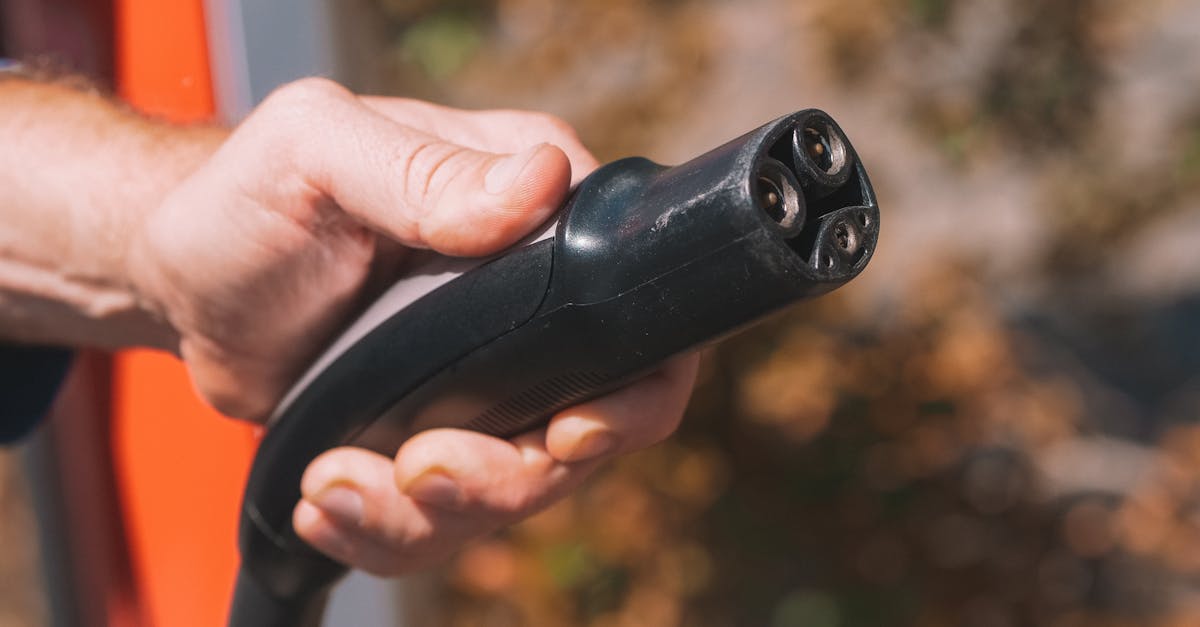The Future of Transportation: Understanding Autonomous Vehicle Navigation and Operation
As the automotive industry continues to evolve, autonomous vehicles (AVs) are becoming increasingly popular as a mode of transportation. But have you ever wondered how these self-driving cars navigate and operate on roads? In this article, we’ll delve into the world of autonomous vehicle navigation and operation.
Sensor Suite: The Eyes of an Autonomous Vehicle
Autonomous vehicles rely on a suite of sensors to perceive their environment and make decisions in real-time. These sensors include:
- Cameras: Provide visual data of the surroundings, including objects, lanes, and weather conditions.
- Radar: Uses radio waves to detect speed and distance of surrounding objects.
- Lidar (Light Detection and Ranging): Creates high-resolution 3D maps of the environment by emitting laser pulses.
- Ultrasonic sensors: Detect objects within a specific range.
These sensors work together to provide a comprehensive view of the surroundings, allowing the AV to navigate safely and efficiently.
Computer Vision: The Brain of an Autonomous Vehicle
The sensor data is then processed using computer vision algorithms, which enable the AV to interpret and understand the visual information. This includes tasks such as:
- Object detection: Identifying specific objects within the environment, including pedestrians, cars, and road signs.
- Lane tracking: Detecting lane markings and maintaining a safe distance from other vehicles.
- Traffic signal recognition: Recognizing traffic signals and adjusting speed accordingly.
Machine Learning: The Key to Improved Navigation
Machine learning algorithms play a crucial role in improving the navigation capabilities of autonomous vehicles. By analyzing vast amounts of data, these algorithms can identify patterns and make predictions about future events. This enables the AV to adapt to new situations and improve its performance over time.
Software-Defined Perimeter: The Control System
The software-defined perimeter is the brain of an autonomous vehicle, responsible for processing sensor data and making decisions in real-time. This includes tasks such as:
- Motion planning: Determining the optimal path for the AV to follow.
- Control algorithms: Regulating speed, acceleration, and braking.
- Decision-making: Evaluating sensor data and making decisions about navigation.
Regulatory Frameworks: The Path Forward
As autonomous vehicles become increasingly popular, regulatory frameworks are being developed to ensure public safety. These frameworks include guidelines for:
- Testing and validation
- Cybersecurity measures
- Liability and insurance
By understanding how autonomous vehicles navigate and operate, we can begin to see the potential benefits of this technology. From improved road safety to reduced traffic congestion, autonomous vehicles have the potential to revolutionize the way we travel.
Conclusion
Autonomous vehicle navigation and operation are complex tasks that rely on a combination of sensors, computer vision, machine learning, and software-defined perimeter. As the industry continues to evolve, regulatory frameworks will play a crucial role in ensuring public safety. By understanding how autonomous vehicles work, we can begin to see the potential benefits of this technology and work towards a safer, more efficient transportation system for all.
